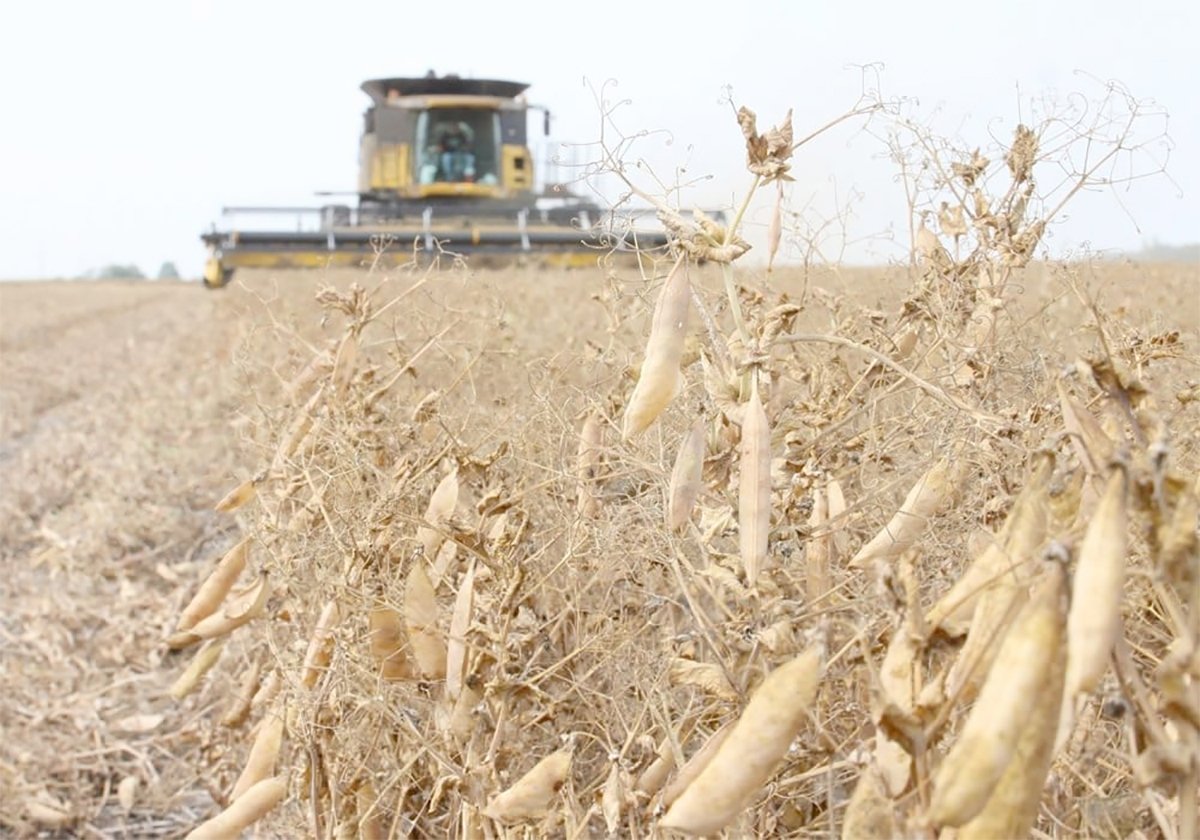Getting Back to Business Program seeks improvements in financial literacy by working with community mentors
With help from an organization spearheaded by a former prime minister, the Saskatchewan School Boards Association hopes it can engage Aboriginal students in entrepreneurship in schools and communities across the province.
At its recent assembly in Saskatoon, the school board association ann-ounced a new initiative with Paul Martin’s Aboriginal Education Initiative (MAEI) dubbed “Getting Back to Business: Engaging Aboriginal Youth in Entrepreneurship.”
The association will work with the provincial chamber of commerce, First Nation groups and the province’s universities to distribute MAEI-developed curriculum to 30 schools next fall.
Read Also

Chinese, Indian tariffs take toll on pea prices
The disruption of pea exports from Canada’s largest customers will likely result in slow pea exports for the remainder of the crop year.
The MAEI has developed education initiatives aimed at reducing the education and employment gap within the Aboriginal community.
One initiative is the youth entrepreneurship program, which is designed to improve financial literacy and includes Aboriginal content and case studies and works with mentors from the community.
“Our long-term strategic plan is to lessen that gap with all kids. There should never be a gap in education. Every child should have an opportunity to learn, be successful and to graduate,” said association president Janet Foord.
The initiative hopes to answer concerns stemming from numbers that show disproportionately high amounts of absenteeism and low graduation rates in the growing Aboriginal community.
Saskatchewan’s education ministry expects 45 percent of children entering kindergarten will come from that population by 2016.
A steering committee has been formed to oversee the project, establish relationships with partners and ensure educators receive the proper training. The 30 participating schools have not yet been publicly announced.
“It’s going to be implemented in schools where we see a need — either urban or rural,” said Foord.
“Rural or urban, you have to find the right fit for the position. You’ve got to have a teacher that’s engaged, that’s excited about it, that thinks they can make a difference with the program.”
The entrepreneurship project has already been introduced separately into a small number of schools in Regina and Saskatoon.
“A lot of our students, I think it’s safe to say, have not been particularly engaged in the bigger economy,” said Craig Schellenberg, principal of Saskatoon’s Oskayak High School, which introduced the program for Grade 11 and 12 students in 2011.
Twenty-seven students finished the program in its first year, and Schellenberg called the 80 percent completion rate a positive result.
“Success builds on success.”
He said some students found part-time work as a result of the program.
The initiative is now in its second year, and Schellenberg said the school plans to maintain it into the future.
“This mentorship has really given kids a sense of confidence that they belong in this economy and that they can have a piece of the pie,” he said. “I think that’s really positive.”
Located in the heart of Saskatoon’s Broadway business district, Oskayak is well-positioned to make connections with businesspeople. Transportation is a potential obstacle in more remote and rural locations, but Schellenberg said the challenges aren’t insurmountable.














